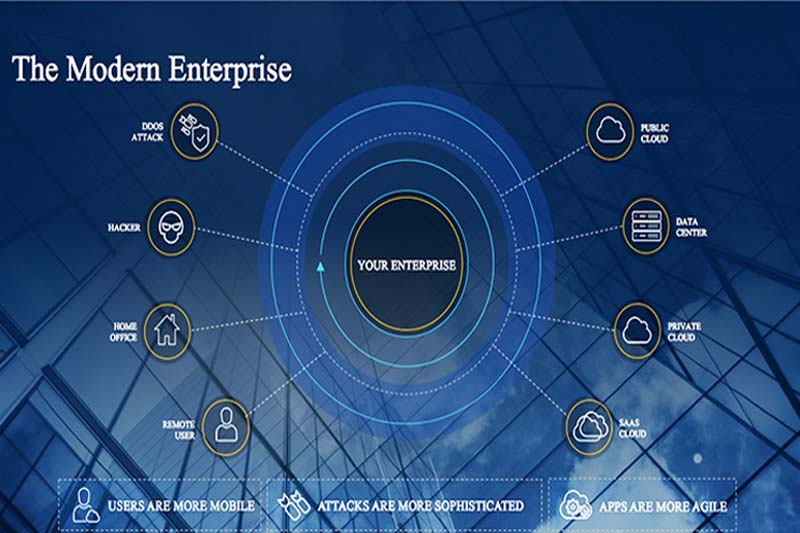Lokitech Inc., a small software security firm in suburban Washington, D.C., has crafted an Open Source-based security solution for credit card processing that will run with .NET and Java enterprise systems.
Lokitech’s approach allows a business to store encrypted credit card lists and other sensitive information, says the company’s CEO, Serge Knystautas. Lokitech developed the encryption solution for an Internet-based casino project, involving teams in the U.S., Canada, U.K. and Costa Rica, but the resultant easy-to-deploy two-way encryption platform is finding a larger audience, taking the risk out of using Open Source solutions for securing mission-critical data.
“We needed a way to store credit card numbers and account information without making the integration between different teams overly complicated. The technique we came up with allowed us to ensure that backups and communication were secure without adding significant costs or complexity,” Knystautas added.
Lokitech also needed to find a method that would help eliminate developer error. Company engineers hit on a solution that, with a little re-engineering and some Open Source libraries, moved the encryption function from the application layer to the data layer.
The encryption/decryption libraries are available as Crytpo++, an Open Source (and free) C++ Class library for encryption. To make the transfer of the encryption logic to the database layer, Lokitech wrapped the C++ encryption code inside extended stored procedures of an off-the-shelf SQL database (in this case, the casino used Microsoft SQL Server). Using the .NET Framework Class Library, Lokitech took advantage of many encryption APIs that can be called from any .NET-capable language, such as VB .NET, VC++ or C#
Continue reading “Using Open Source To Secure Online Purchases”








